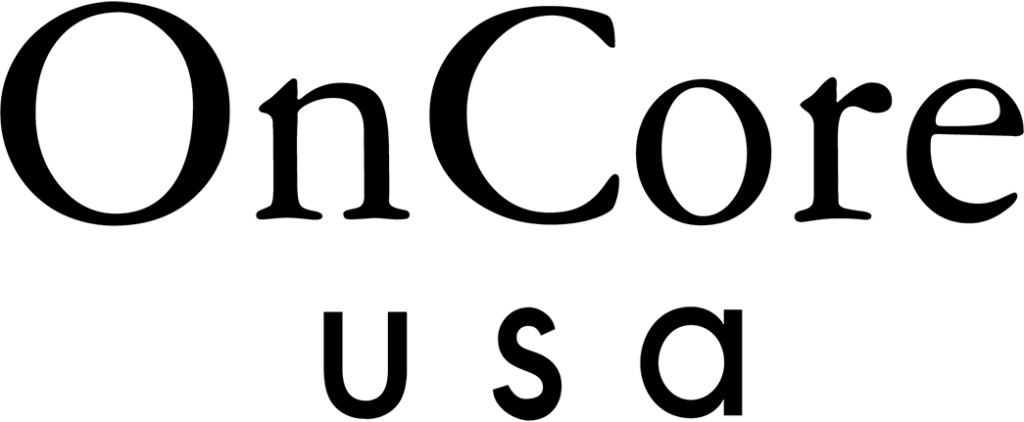A great résumé is still one of the most important contributing factors to landing a good job. After all, it offers recruiters and potential employers a quick and clear overview of your relevant skills, experience, and education so they can decide whether to invite you for an interview or not. And if successful, it helps sway the first of many decisions you want to go your way through any job search process.
However, no matter how good your credentials, if you don’t put them all together in a polished résumé with the right elements, chances are your application will get tossed on the “reject” pile the next time you apply for a job. Consider this: according to a study by The Ladders, recruiters spend a mere six seconds reviewing a résumé. That means you have a tiny window of opportunity to make an impression! In other words, you need a résumé that stands out for all the right reasons. The following do’s and don’ts will help you prepare a résumé that shows you to your best advantage.
• Do make your résumé scannable. Recruiters and hiring managers will scan your résumé for relevant information, so deliver your information in short statements instead of longer paragraphs. Use keywords that are relevant to your profession and experience throughout. For example, if you’re a project manager, use keywords such as “project management,” “supervision,” and “leadership.”
• Don’t let your résumé exceed two pages. Few recruiters or hiring managers have time to review overly long résumés. So even if you have more experience than you can fit on two pages, you should distill your information down to the most relevant data. Slash words and consider omitting one or two of your earliest jobs or condense your descriptions of your responsibilities in each role.
• Don’t stray too far from the conventional résumé format. Nearly all job applications go through applicant tracking systems (ATS) nowadays. That means that your résumé will first be checked by a computer before it’s even seen by a live person. Applicant tracking systems are designed to determine certain data, including identifying information, career objective, skills, experience, and education, so make sure you clearly list all of those sections. Further information such as professional memberships, awards, and publications is optional. Only include it if you strongly feel that it will support your candidacy.
• Do provide a concise overview of your career objective. In the USA Today article “5 do’s and don’ts for building a winning résumé,” Patrick O’Brien advises describing what you want to accomplish professionally in a manner that illustrates what you can do for an employer. For example, if you’re a manager looking to gain international experience, you could state something such as, “Highly capable manager with outstanding leadership capabilities and a global understanding of the industry.”
• Don’t include too much personal information. In the CBS article “How to Write a Résumé: Dos and Don’ts,” Suzanne Lucas cautions against including information such as your religion, birthdate, relationship status, hobbies, or links to your social media pages.
• Do list quantifiable results. Potential employers want to see accomplishments on your résumé, and the clearest way to communicate those is by using numbers whenever possible. For example, instead of saying you managed a team and a budget, you could state more precisely that you’d managed a team of 25 employees and a budget of $50,000.
• Do list your experience in reverse chronological order, with your most recent employment first. List your current or most recent job first, then work backwards. If you don’t have enough space to list all the jobs you held, list as far back as 10 years and be prepared to speak about earlier jobs in an in-person interview.
• Don’t exaggerate job titles, responsibilities, or outcomes. State all information correctly, without exaggerations or embellishments. Remember: most employers check references and will enquire about your performance in earlier roles.
• Do make sure to have both electronic and print versions of your résumé. It’s a good idea to have your résumé in a number of different formats, including a printable pdf, an interactive pdf, a Word document, and a text file in case you need to autofill online applications.
• Don’t forget to update your résumé regularly. Even if you’re not actively looking for a new job, you never know when somebody might request your résumé, so make sure to keep it up to date at all times. That way, when you hear about an interesting job at a networking event, you’ll be ready to apply immediately.
Writing an effective résumé takes some time and preparation. But with these do’s and don’ts in mind, you’ll enhance your chances of standing out from other applicants and landing an interview on the way to a job offer that thrills.
Source:
https://cdn.theladders.net/static/images/basicSite/pdfs/TheLadders-EyeTracking-StudyC2.pdf
https://www.cbsnews.com/news/how-to-write-a-resume-dos-and-donts/
https://www.usatoday.com/story/news/nation/2013/09/26/5-tips-for-a-great-resume/2875465/





